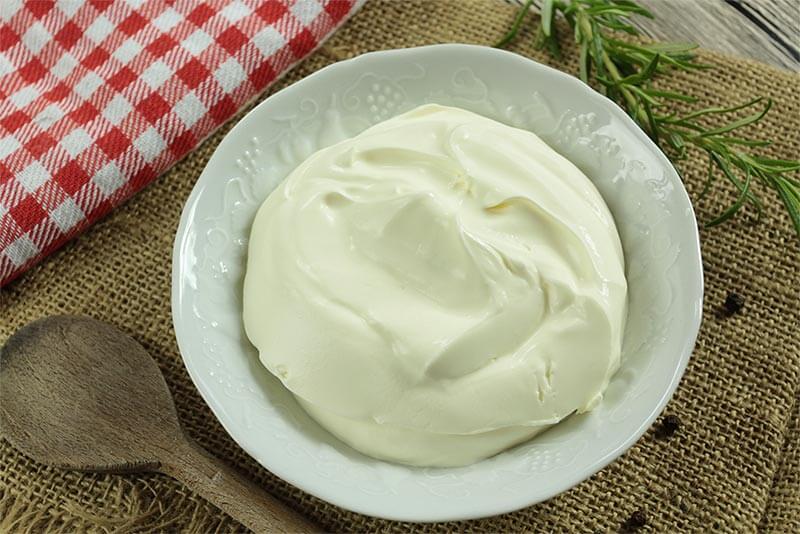
Creme Fraiche Cheese Making Recipe
It provides a delicious topping for soups, main dishes and especially desserts. So, forget the whipped cream this fall and make Crème Fraiche to garnish fresh fruit from your fall harvest.
This recipe is perfect for beginners because it is so easy to make. With a little cream and culture, you can enjoy homemade Crème Fraiche in your own kitchen.
-
Yield
1 Pound
-
Aging Time
None
-
Skill Level
Beginner
-
Author
Jim Wallace

Creme Fraiche Cheese Making Recipe Info
About Crème Fraîche
Cream in Cheese Making
How Crème Fraîche Develops
Using Crème Fraîche
Ingredients
Total price for selected items: Total price:
Instructions
-

The Right Cream & Culture
Cream:
Any type of raw or pasteurized dairy cream can be used with this recipe, although it's best to avoid ultra-pasteurized dairy cream due to unpredictable results (sometimes it works, sometimes it doesn't).
Heavy/whipping cream, light cream, and half & half, each produce slightly different results.
Raw cream can be used, however, it may yield thinner Crme Frache. This is because certain proteins within the cream are not activated before the heat from pasteurization.
My experience has shown pasteurized heavy (whipping) cream works best.
Culture:
C33 Crme Frache culture contains a small amount of rennet to firm the final cream.
If a slightly firmer texture is desired, you can use C20G Chevre culture which contains slightly more rennet.
If you would like a thinner texture (runnier), try using 1/8 tsp of Aroma B or Flora Danica culture without any rennet.
Traditionally, no rennet was used while making Crme Frache on the farm. If you would like a firmer cream using Aroma B or Flora Danica culture, add 1-2 drops of single strength rennet per quart of cream.
-


Heat Cream & Add Culture
Begin by heating the cream to 86F. If you do this in a pot on the stove, make sure you heat the cream slowly and stir it well as it heats
Once the cream is at 86F, the pot can be removed from the stove and the culture can be added. To prevent the powder from caking and sinking in clumps, sprinkle the powder over the surface of the cream and then allow about 2 minutes for the powder to re-hydrate before stirring it in.
Let the cultured cream sit quietly for the next 8-12 hours to allow the culture to begin doing its work. If the room temperature is below 72F, wrap the pot with a towel to help keep the cream warm.
The change in acidity, caused by culture converting lactose to lactic acid, is what transforms the cream. This is the reason why Crme Frache keeps longer than fresh cream.
-




Cut the Curds
After about 8 hours examine the curd texture for firmness. This can be runny to slightly firm, depending on your desired texture. Also, taste the curd for the desired amount of acidity.
The sweeter it tastes the looser the texture will be. This is because the acid development changes the texture.
When it's ready, it should begin to show a release from the pan when tilted, as shown in the photo aboe.
If you allow it to become too acid, it will be similuar to sour cream.
-




Finished Cheese
When it's ready, simply transfer the Crme Frache into an airtight container, preferably glass (I like to use wide mouth canning jars). Store Crme Frache in the fridge for up to 14 days.
The texture will thicken substantially when chilled so you may want to anticipate this when examining the final texture in the pan.
Cheese Making Supplies
Related Products
You May Also Like


































